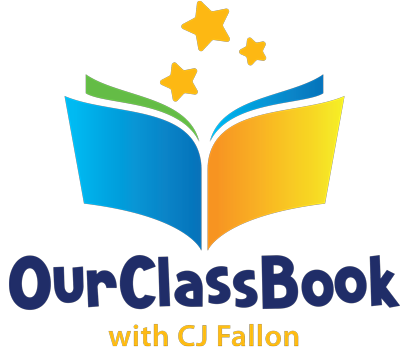As we all know, teaching any class requires lots of preparation and lesson planning in advance, and we at OurClassBook understand how time-consuming and stressful this can sometimes be. Good lesson plans, regardless of subject, or teacher, share some of the same common components. Irish lesson plans don’t need to be complex or lengthy. They only need to include information about what you’re teaching, how you plan to teach it, and the curriculum’s goals and objectives.
In this blog post, we have compiled 7 essential components that all Irish lesson plans should have to ensure you meet your class goals and curriculum requirements!
#1 Lesson Objectives
Each lesson plan should start by considering what students will learn or be able to do by the end of class. The ideal objectives are action-oriented and concentrate on the class’ most important and essential learning needs. These objectives should also be measurable. You as the teacher need to be able to track your student’s progress throughout the lesson and ensure all new concepts are understood before moving on.
Some examples of lesson objectives include:
- Describing their home in detail “as Gaeilge”
- Identifying regular and irregular verbs
- Using the caitheamh aimsire in conversation
#2 Materials
Consider including a list of all of the materials you may need for the lesson to ensure you’re prepared and organised. This should include the various books, worksheets and stationery you will need, as well as the number of students so that there is enough to go around. Identifying these items upfront makes sure you can gather everything ahead of time so that you’re not caught short during the lesson.
#3 Learning Activities
This is the main section of any lesson plan, regardless of the subject. By breaking down the lesson into each individual learning activity, the mechanisms through which the lesson is delivered allow you to ensure everything within the lesson gets covered with the class. To pick the most suitable activities for each lesson, there are three points to consider:
- How do the activities align with the learning objective, along with other standards or requirements within the curriculum that need to meet?
- Is it a meaningful and engaging way for students to learn?
- How much time will the activity take?
Given that activities take up the majority of class time, it’s crucial to include a range of activities in a single lesson plan. Providing students with new ways to explore and apply their knowledge helps with the retention of their learning and offers them valuable experiences that they can use within other subjects and areas of their lives.
Some examples of learning activities “as Gaeilge” include;
#4 Time Requirements
It’s helpful to pair each learning activity with a timeline to help keep the class on schedule. Start by estimating how long each learning activity will take and incorporate that information with the description.
This estimate should be given a little bit of leeway in case students ask questions or require additional assistance. If the activity goes by more quickly than anticipated, planning a bonus activity for the conclusion of class can help fill up any gaps. At the end of each lesson, teachers can compare their estimates to actual class time spent on each activity to help with more accurate preparation for future lesson plans.
#5 Related Requirements
You may also want to include larger objectives within the lesson plan, such as those related to writing or comprehension skills, that go beyond the specific goals of the lesson but to which it contributes. This makes it easier to tie in learning to other curriculum requirements.
#6 Assessment
Did the lesson meet its objectives? By incorporating an assessment into important lessons, teachers can find out how well each student understood the lesson and figure out if any student needs extra assistance. If the initial objective is one that can be measured, this phase will be simpler.
Examples of assessments you can use include:
- Quizzes
- In-class assignments
- Projects/Presentations
#7 Evaluation and Reflection
After the lesson, teachers can take a step back and make notes about what they noticed in class and their own opinions of the lesson. The main focus of this component includes continuous improvement, finding learning gaps, and creating lessons that will be stronger in the future.
Are you looking for new ways you can make your classes fun and engaging?
At OurClassBook, we want every student in Ireland to be a published author. By collaborating on our engaging project, students have the opportunity to use their creativity and gain a sense of accomplishment.
Each kit contains everything you need to publish a book with your class. Included are a sample book, a teacher guide, parent order forms, and pages for writing and drawing.
We believe in our classbooks so much that we offer a 100% satisfaction guarantee, so there is no risk to the school or the parents. Get started and order your free publishing kit today! Or contact us on our website!

